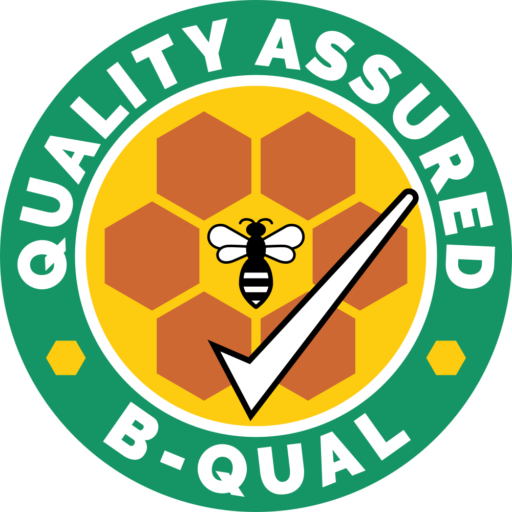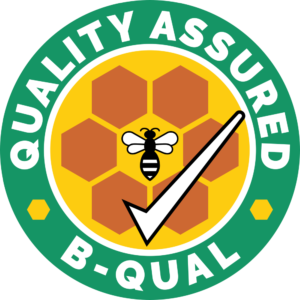Honey 101: Types, Flavors, and Health Benefits
A Rich Legacy in Every Jar
Australia’s beekeepers understand better than most that honey is far more than a pantry staple. Behind every jar lies an intricate interplay between nectar sources, regional conditions, hive health, and skilled management. As commercial and dedicated hobby apiarists know, each harvest tells a story, shaped by the resilience of the colony and the character of the landscape. Honey 101 offers an opportunity to examine how Australia’s varied floral geology influences flavour, texture, colour, and market value.
Understanding Australia’s Major Honey Types
Australia is home to some of the world’s most distinctive monofloral and polyfloral honeys. Eucalypt varieties dominate commercial production, with Yellow Box, Red Gum, Ironbark, and Stringybark consistently in high demand for their stability and well-balanced flavour profiles. Manuka (Leptospermum), highly valued for its antimicrobial properties, has also become a significant export driver, though careful testing and certification are essential for maintaining market integrity.
Apiculture professionals also appreciate the nuances of regional production. For instance, Coastal Heath honey delivers a delicate floral aroma suited to boutique markets, while Bimble Box and Bloodwood produce darker, stronger honeys ideal for consumers seeking robust, earthy tones. Understanding these distinctions helps beekeepers match their product with the right market, improving both pricing and brand differentiation.
Flavour Profiles Shaped by Landscape and Season
Australia’s climatic diversity means no two seasons are ever the same, and this variability directly influences the flavour notes in each batch. In drought years, nectar scarcity often results in more concentrated, bolder flavours. After good rainfall, honey may be lighter and more floral.
Eucalypt honeys often showcase caramel, woody, or herbal undertones, while native shrubs like Banksia create deep, molasses-like flavours. Seasonal shifts also influence granulation rates, with some varietals—such as Canola—crystallising rapidly, making them excellent for creamed honey production. Understanding these behaviours helps commercial operators plan extraction timing, blending strategies, and product lines.
Health Benefits Valued by Consumers
While seasoned beekeepers focus primarily on colony health and production quality, consumer interest in the health benefits of honey continues to grow. Raw Australian honey is prized for its antioxidants, trace minerals, natural enzymes, and soothing properties. Manuka honey remains a standout due to its high MGO content and associated antimicrobial activity, but many other varietals also offer strong wellness appeal.
Educating buyers on these benefits not only enhances product value but also helps promote sustainable, ethical apiculture across the country.
Conclusion
For Australia’s serious and commercial beekeepers, honey is both a livelihood and a craft. From understanding floral sources and flavour profiles to leveraging the health benefits appreciated by consumers, mastering Honey 101 strengthens both production quality and market potential. Each harvest becomes an opportunity to celebrate Australia’s unique biodiversity and support the ongoing excellence of its beekeeping industry.
– Become BQUAL certified –

Proudly display the B-QUAL logo and demonstrate your enterprise is operating in accordance with the industry requirements and expectations of consumers, markets, regulatory authorities and the wider community, in relation to the key issues of food safety and industry best practices.


